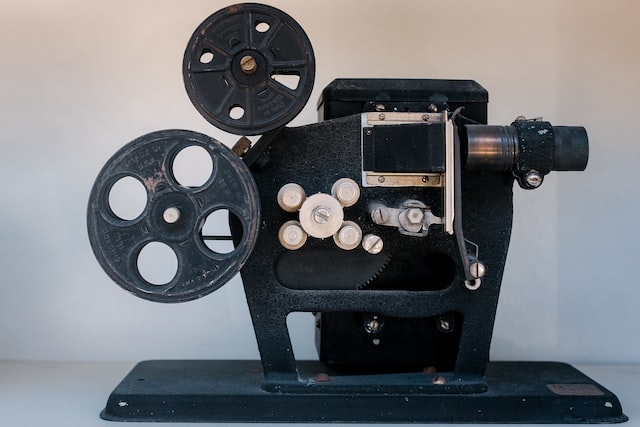8mm film is a vintage format that is still treasured by many for its nostalgic and historical value. However, viewing 8mm film can be a challenge since most projectors for this format are no longer in production. But fear not – there are alternative ways to view 8mm film without a projector. In this guide, we will explore some of the easy techniques and tools you can use to preserve and enjoy your old home movies, without the need for a bulky and expensive projector. So, let’s dive in and learn how to view 8mm film without a projector.
Table of Contents
How to View 8mm Film Without a Projector?
8mm film was a popular format for home movies in the mid-20th century, but projectors for this format are now outdated and difficult to find. Fortunately, there are alternative methods for viewing 8mm film without a projector. Here are some of the techniques you can use:
- Frame-by-frame scanning: You can scan each individual frame of your 8mm film using a specialized scanner, such as the Wolverine 8mm and Super 8 Film Reels to Digital MovieMaker. This process is time-consuming, but it allows you to convert your 8mm film to a digital format that can be easily viewed and shared.
- Projector-to-digital conversion: If you have access to an 8mm projector, you can convert the output to a digital format using a camcorder or digital camera. Simply connect the projector to the camera using an RCA cable, and record the projected image onto the camera’s memory card. This method is a bit more involved, but it can produce high-quality digital copies of your 8mm film.
- Professional film transfer services: If you have a large collection of 8mm film that you want to digitize, you can use a professional film transfer service. These services use specialized equipment to convert 8mm film to a digital format, and can also provide restoration and editing services to enhance the image quality of your old home movies.
How can I convert 8mm to digital at home?
Converting 8mm film to digital format is a great way to preserve your cherished memories and make them easily viewable on modern devices. Here’s a step-by-step guide for converting 8mm to digital at home:
- Clean and prepare the 8mm film: Before you start the conversion process, make sure your 8mm film is clean and in good condition. Wipe off any dust or debris using a microfiber cloth or compressed air.
- Set up the projector: If you have a projector, set it up in a dark room and project the 8mm film onto a white surface or screen. Adjust the focus and alignment as necessary to ensure a clear image.
- Record the projection: Use a digital camera or smartphone to record the projected image in a dark environment. Avoid using the camera’s flash, as it can cause glare or reflections on the image.
- Transfer the digital file: Transfer the recorded video to your computer or other device using a USB cable or memory card. You can edit the video using a video editing software if necessary.
- Burn to DVD or store digitally: After editing, you can burn the digital file to a DVD or store it on a hard drive or cloud storage for safekeeping.
Alternatively, you can use an 8mm film scanner to convert the film directly to a digital format. There are several affordable scanners available on the market that can convert 8mm film to digital, such as the Wolverine 8mm and Super 8 Film Reels to Digital MovieMaker. With this method, you can skip the projector step and convert the film directly to digital format.
Conclusion
In conclusion, converting 8mm film to digital format at home is a great way to preserve and share your cherished memories. With the right tools and techniques, you can easily convert your old 8mm films to a digital format that can be easily viewed and shared on modern devices. Whether you choose to use a projector, a film scanner, or a professional transfer service, the end result is a digital copy of your old home movies that can be enjoyed for generations to come. With the convenience and affordability of modern technology, there’s no reason to let your old 8mm films gather dust in the attic – bring them back to life with digital conversion and enjoy the memories all over again.

